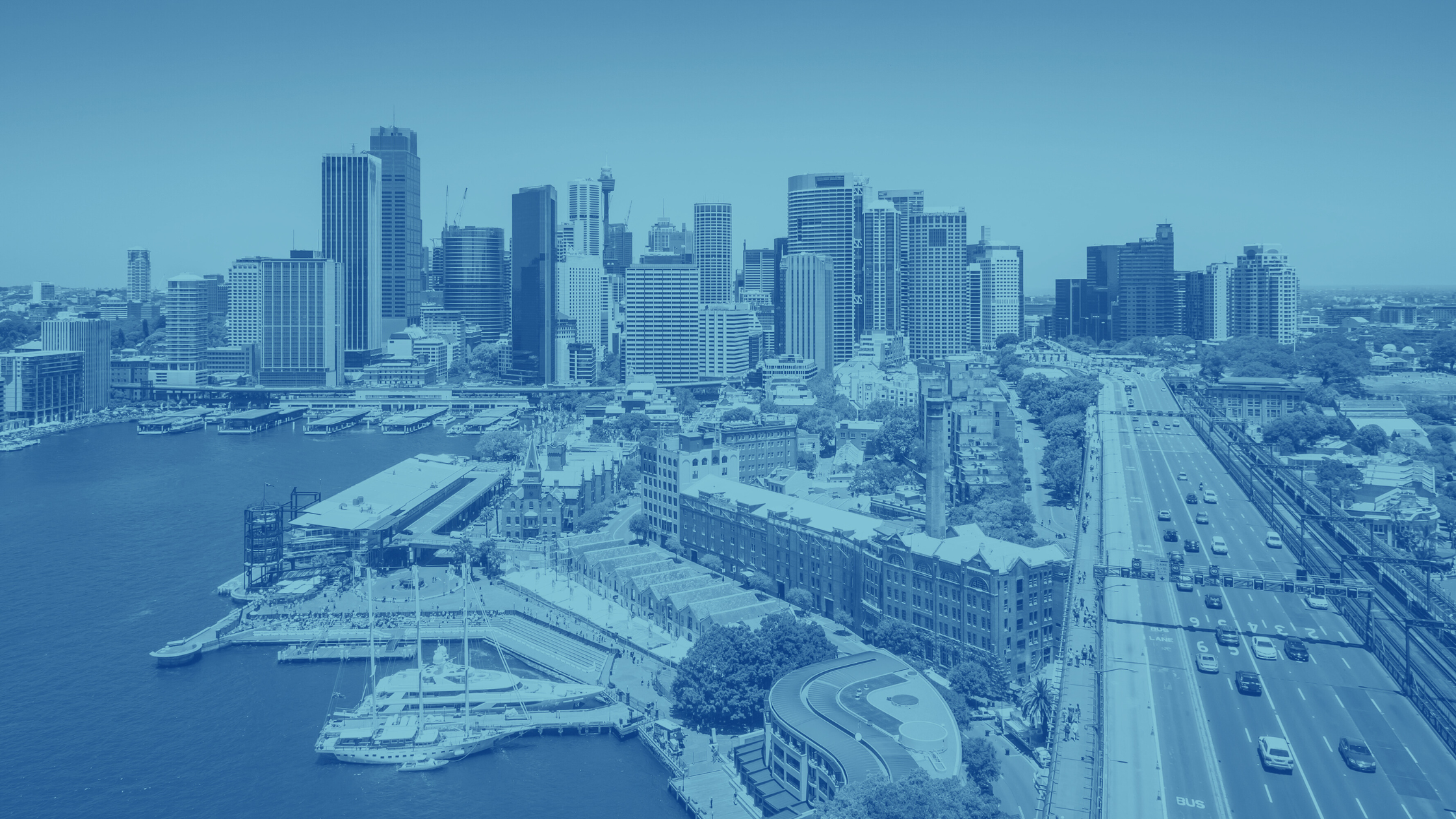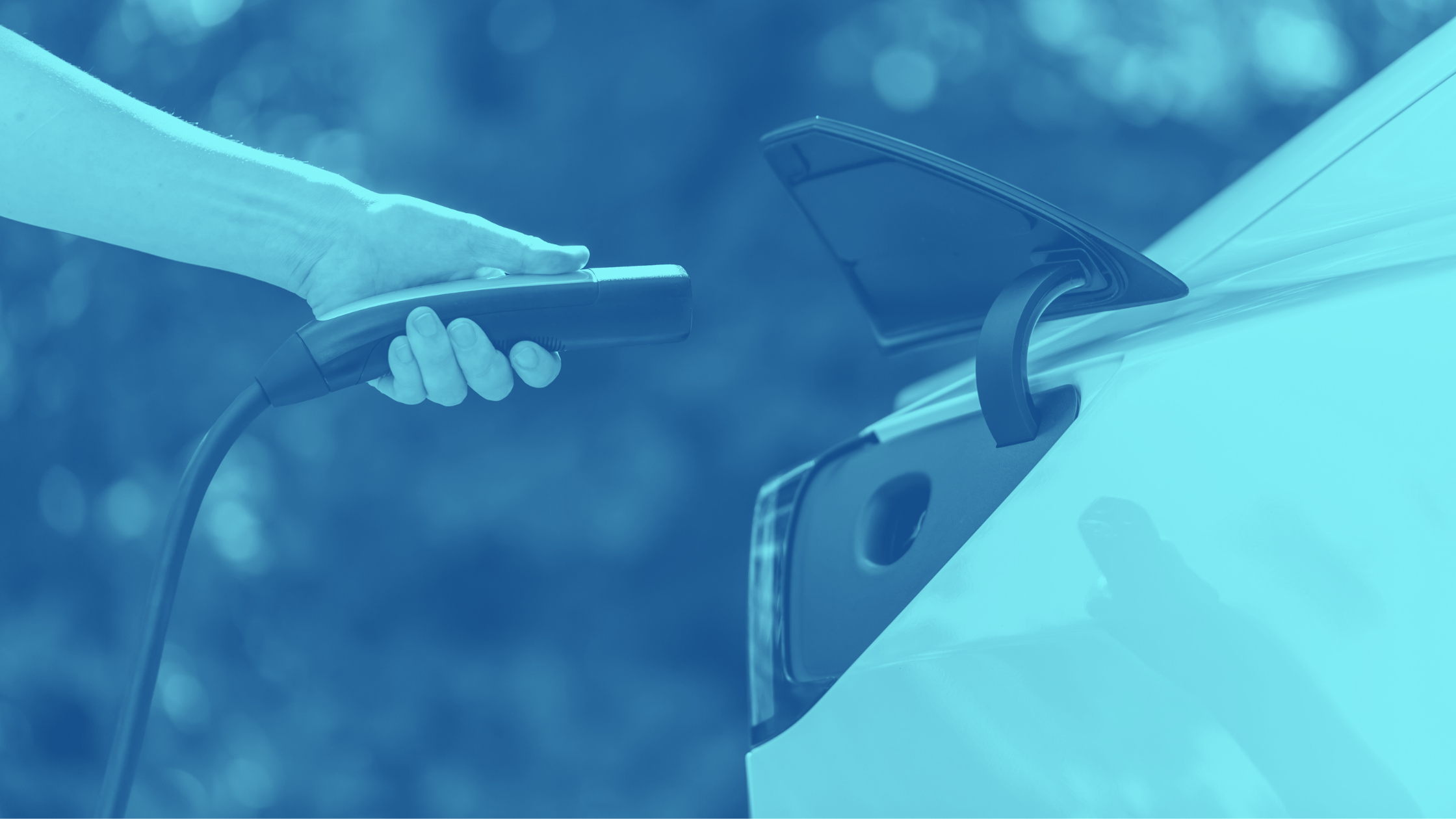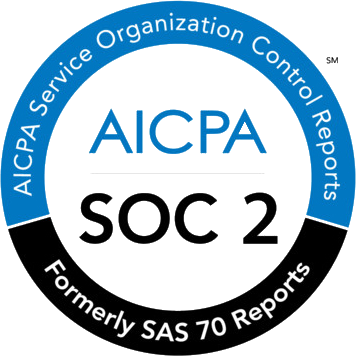Employee morale and productivity are crucial factors in determining an organization’s success. As technology continues to shape our work environments, the tools we use daily play a significant role in how we feel about our jobs and how efficiently we perform them.
A well-integrated tech stack can be a game-changer for organizations, transforming the way employees work and boosting both satisfaction and output. This blog post explores how upgrading your tech stack can lead to happier, more productive employees and a more successful business.
Understanding the Tech Stack
A tech stack, in the context of a business environment, refers to the collection of technology tools, software applications, and digital platforms that an organization uses to operate efficiently.
This includes everything from basic hardware like computers and servers to sophisticated software solutions for project management, communication, and data analysis.
A typical tech stack might include:
- Hardware: Computers, servers, mobile devices
- Operating systems and productivity software
- Communication tools: Email, instant messaging, video conferencing
- Project management and collaboration platforms
- Customer relationship management (CRM) systems
- Data storage and security solutions
- Industry-specific software and applications
In today’s competitive business landscape, having an updated and efficient tech stack is no longer a luxury—it’s a necessity. Companies that lag behind in adopting modern technologies often find themselves struggling to keep pace with more agile competitors.
The Impact of Tech Stack on Employee Morale
Technology plays a significant role in shaping employee satisfaction and morale. When employees have access to modern, user-friendly tools that make their jobs easier, they’re more likely to feel valued and engaged in their work.
Conversely, outdated or inefficient tech tools can lead to frustration and decreased morale. For example, slow computers, cumbersome software interfaces, or unreliable communication tools can cause daily annoyances that accumulate over time, leading to stress and dissatisfaction.
Uber Case Study
Companies that invest in modern, intuitive technologies often see a boost in employee engagement and satisfaction. A prime example of this is Uber’s implementation of Wayleadr’s all-in-one Arrival solution at their Mission Bay office. Facing parking challenges with 3,500 employees competing for just 465 spots, Uber implemented a reservation system using Wayleadr’s allocation algorithm. This allowed employees to secure parking spots in advance, significantly reducing congestion and stress around the office.
Angela Genochio from Uber’s Transportation Program noted:
“Wayleadr turned empty parking spots into hubs of efficiency, saved us tons of wasted admin time, and made manual management a thing of the past. Now, we have the insights we need on space utilization, making every space work smarter for us.”
By addressing this daily pain point, Uber not only improved the arrival experience for its employees but also enhanced overall job satisfaction. The solution provided significant financial benefits to employees by saving them daily parking costs in the Mission Bay area, further boosting morale.
Boosting Productivity with the Right Tech Stack
An optimized tech stack can streamline workflows and dramatically improve efficiency. By automating repetitive tasks, facilitating seamless communication, and providing easy access to necessary information, the right tech tools can help employees focus on high-value work.
Some specific tech tools that can enhance productivity include:
- Project management software like Asana or Trello for better task organization
- Communication platforms like Slack or Microsoft Teams for quick, efficient messaging
- Automation tools like Zapier for connecting different applications and automating workflows
- Cloud storage solutions like Google Drive or Dropbox for easy file sharing and collaboration
Data analytics tools also play a crucial role in productivity enhancement by providing insights that help in decision-making.
Key Considerations When Upgrading Your Tech Stack
When evaluating and upgrading a tech stack, businesses should:
- Assess current pain points and inefficiencies
- Research available solutions that address these issues
- Consider compatibility with existing systems
- Evaluate costs and potential return on investment
- Gather employee input and feedback
Employee input is crucial in the selection process. After all, they’re the ones who will be using these tools daily. Their insights can help identify which features are most important and which solutions will be most readily adopted.
Training and support are also essential for ensuring a smooth transition and effective use of new tools. Without proper onboarding, even the best technology can go underutilized.
Finally, businesses should prioritize scalability and future-proofing when selecting new tech solutions. The chosen tools should be able to grow and adapt as the company evolves.
The Role of Wayleadr in Enhancing Morale and Productivity
One innovative addition to a modern tech stack is Wayleadr, a smart parking management solution. Wayleadr seamlessly integrates with existing systems to simplify parking allocation and management, addressing a common source of daily stress for many employees.
Wayleadr improves employee morale by:
- Eliminating the frustration of searching for parking spots
- Providing a fair and transparent system for parking allocation
- Reducing commute-related stress and anxiety
In terms of productivity, Wayleadr offers significant benefits:
- Saves time previously spent on parking-related issues
- Reduces late arrivals due to parking difficulties
- Allows employees to start their day on a positive note, free from parking-related stress
Iress, a technology company providing software to the financial services industry saved over £50,000 a year in just one location. In the process, they eliminated time spent on parking administration, and increased employee happiness.
A well-chosen tech stack is more than just a collection of tools—it’s a strategic asset that can significantly enhance employee morale and productivity. By streamlining workflows, facilitating better communication, and eliminating daily frustrations, the right technology can transform the work experience.
By investing in a thoughtful, employee-centric tech stack, businesses can create a happier, more productive workplace—setting the stage for long-term success in an increasingly competitive business landscape.






